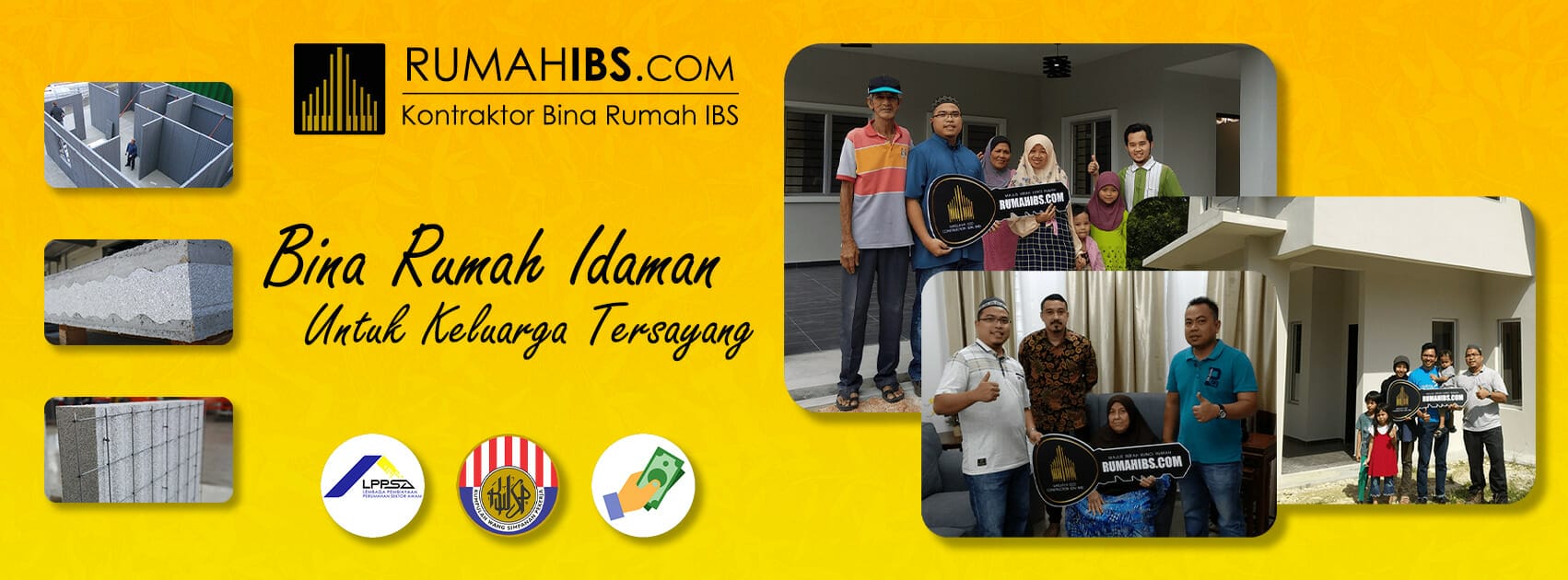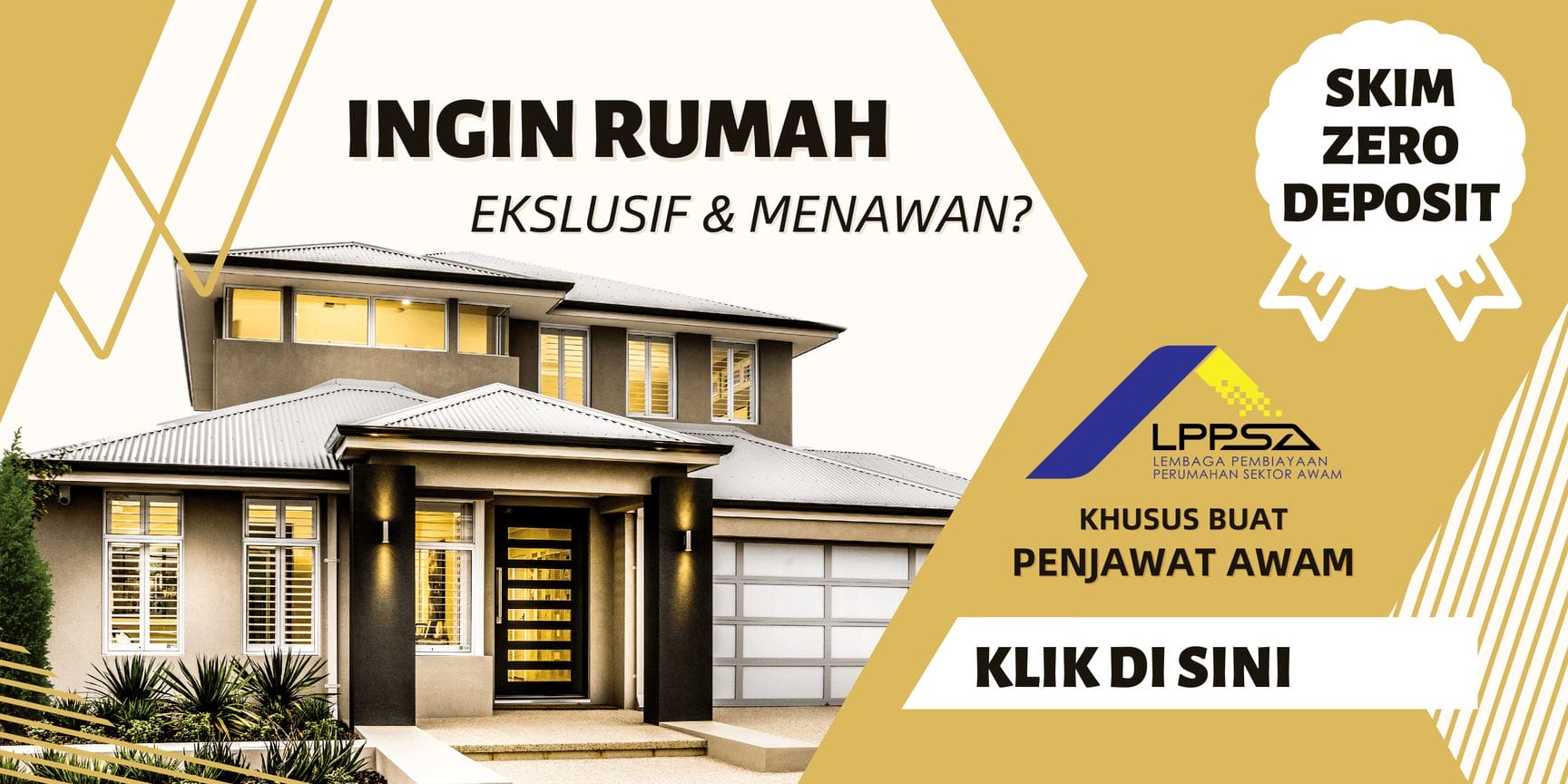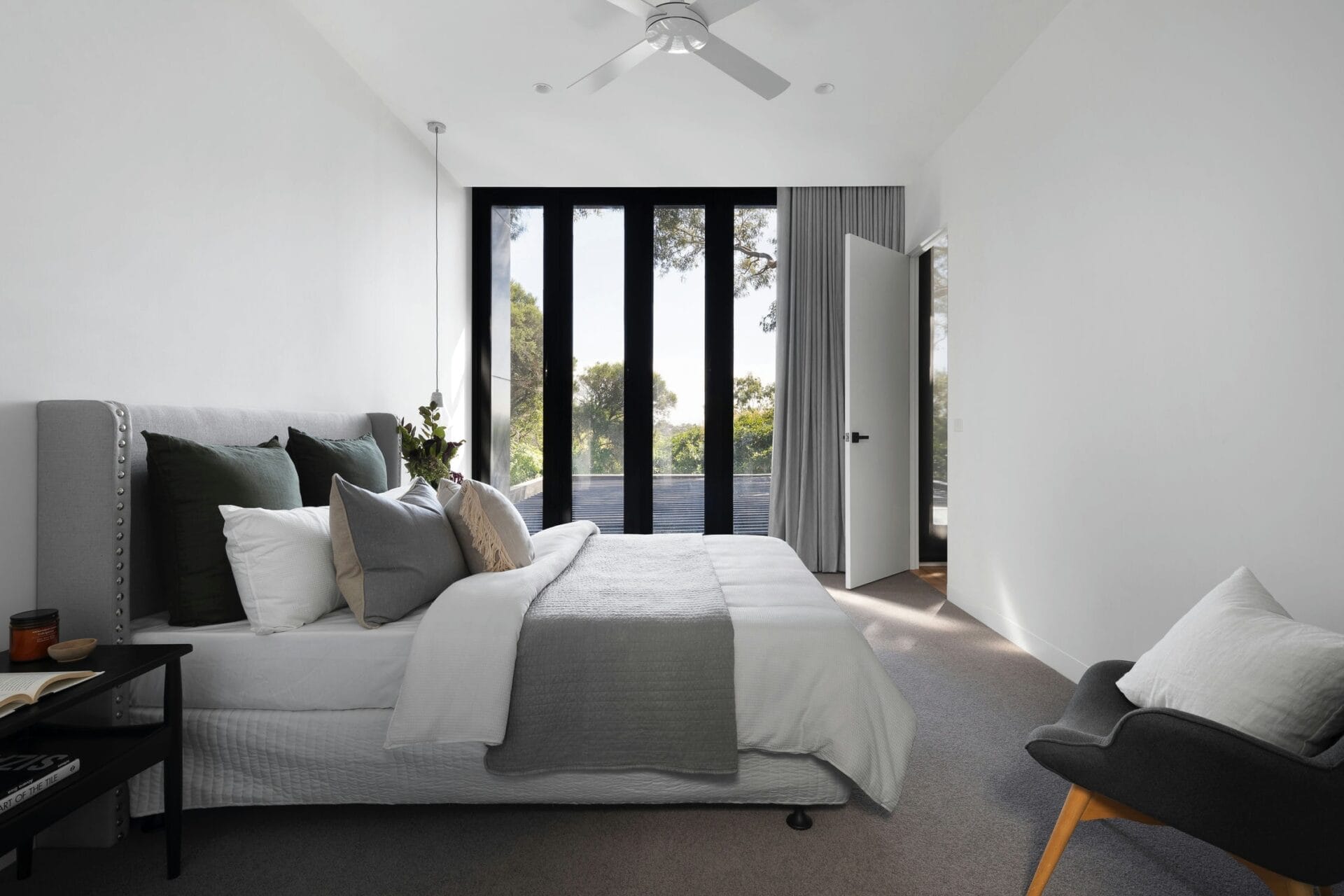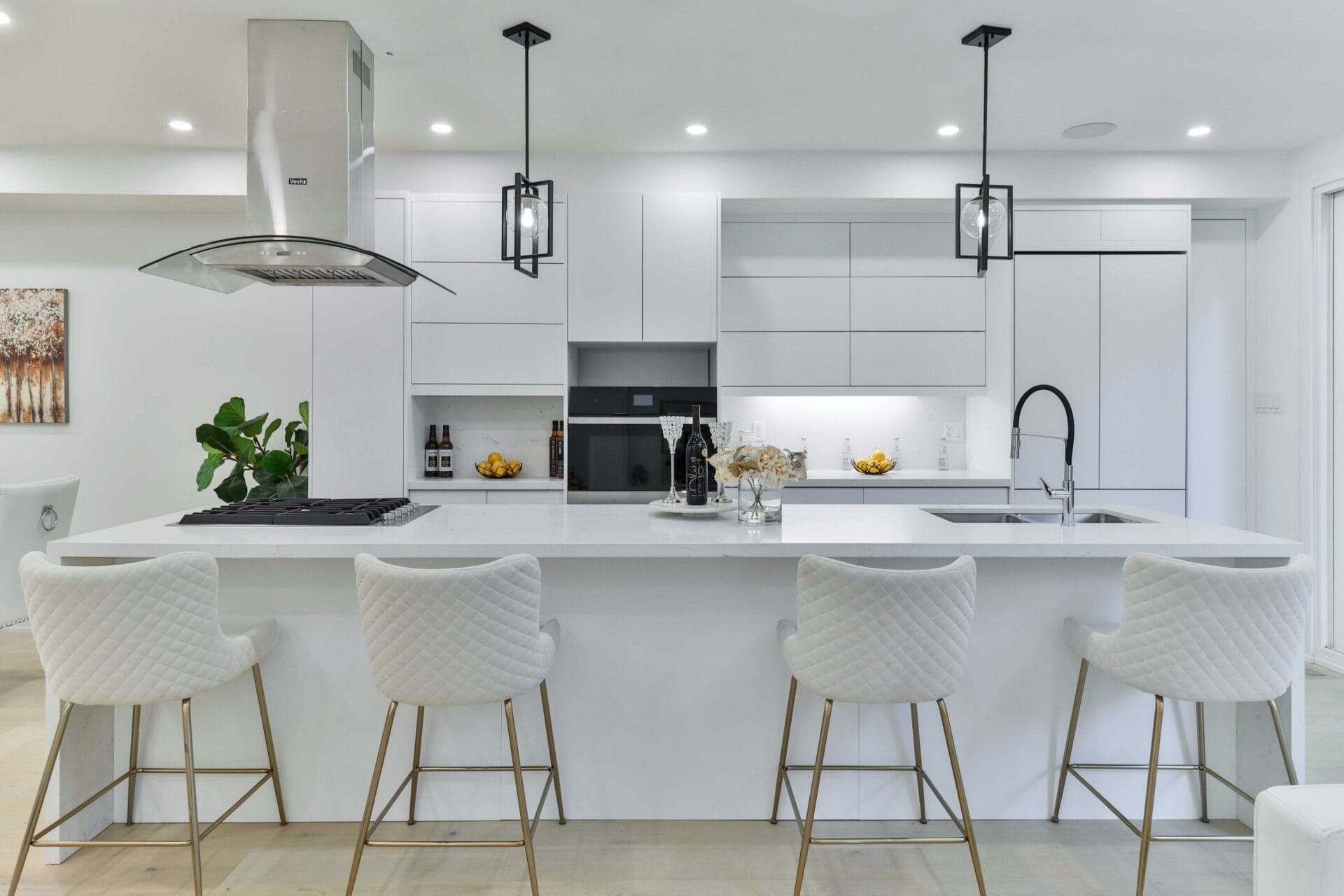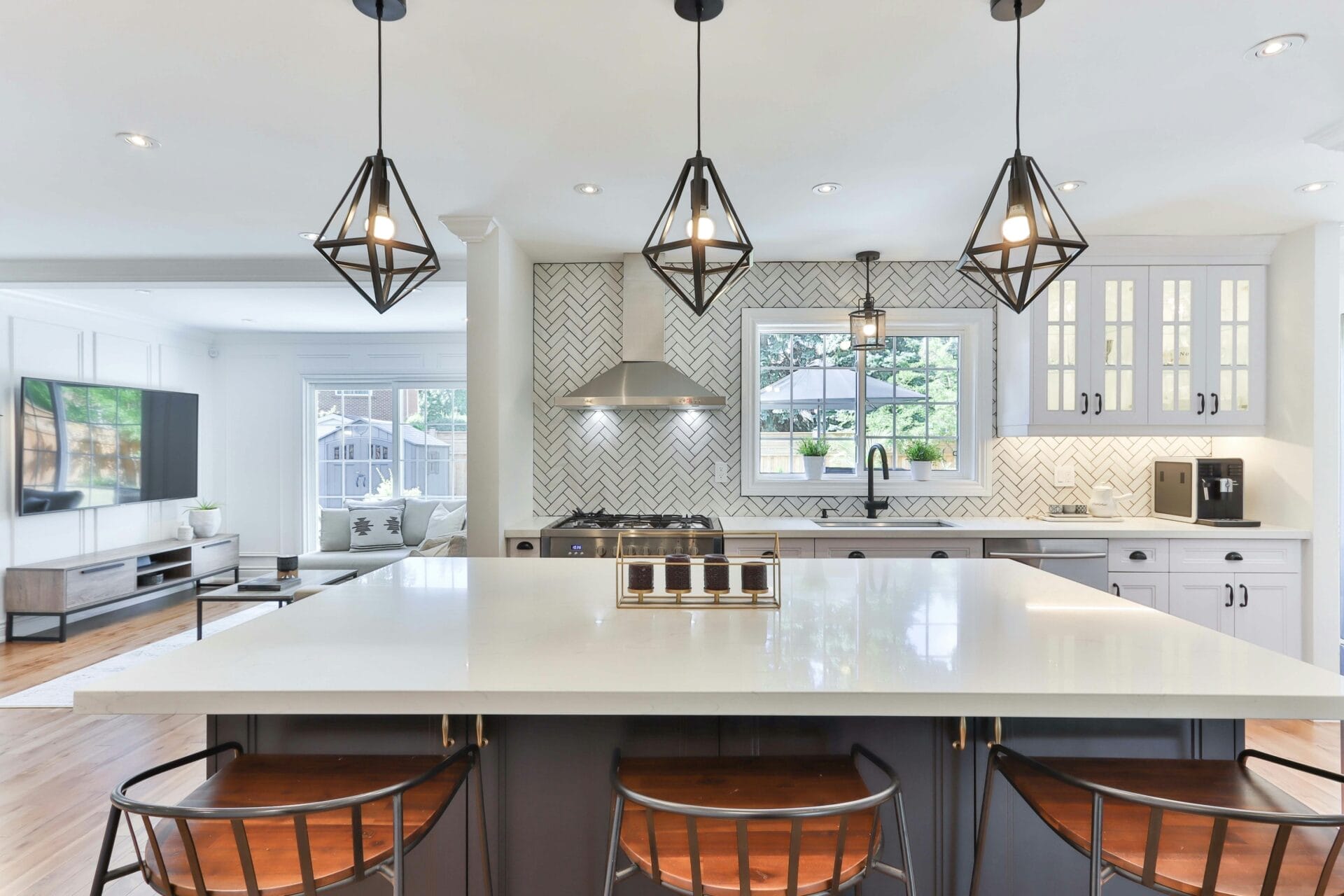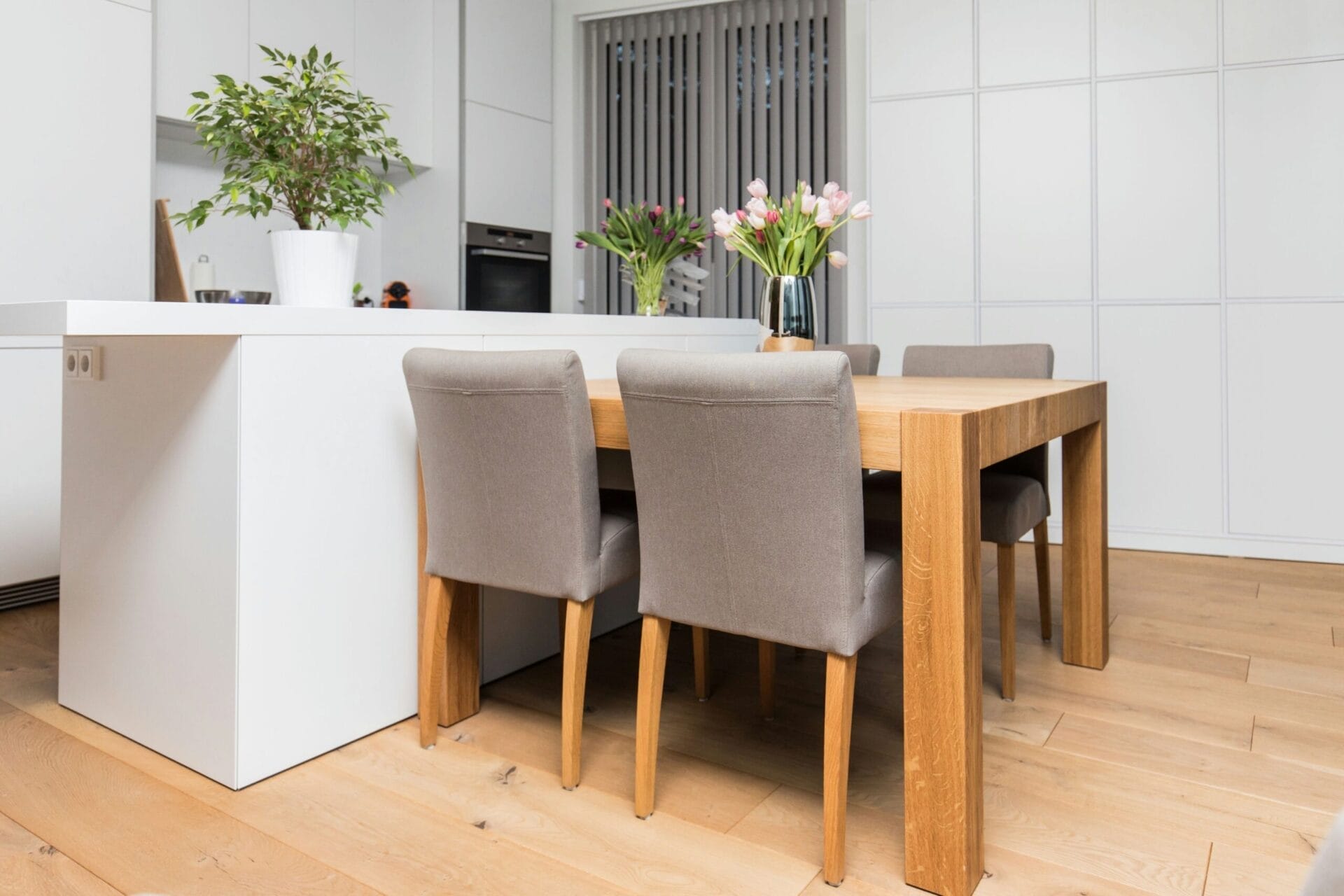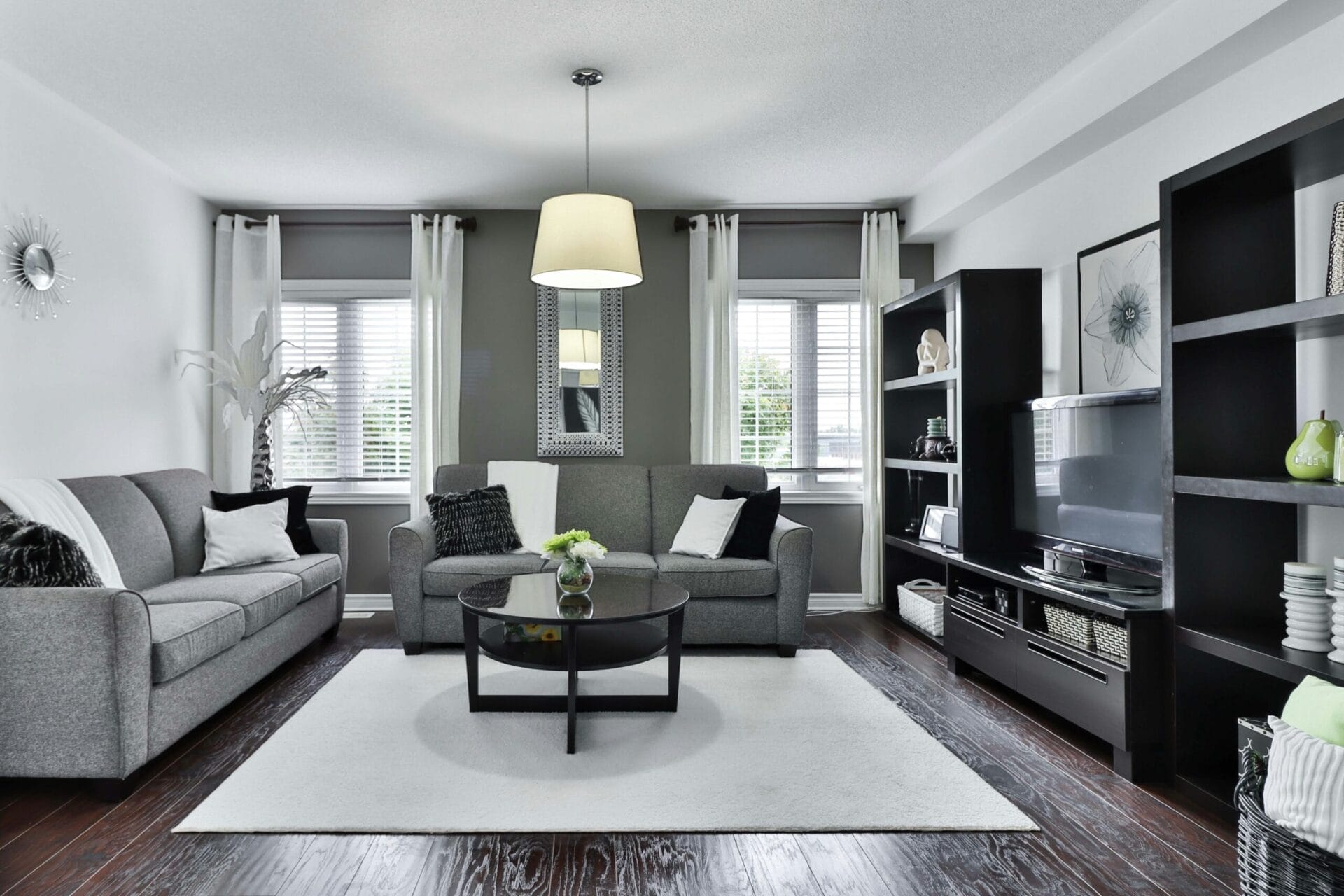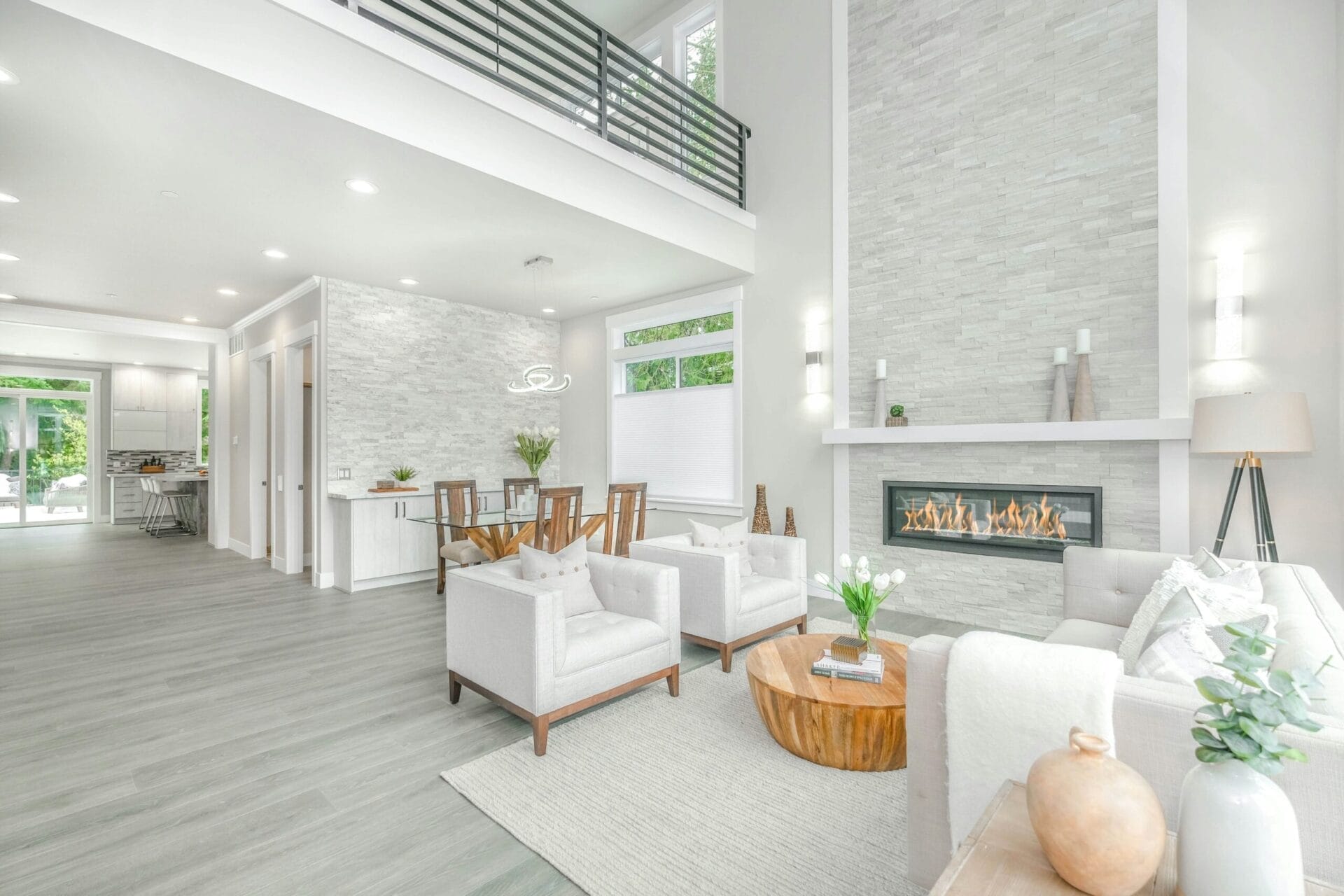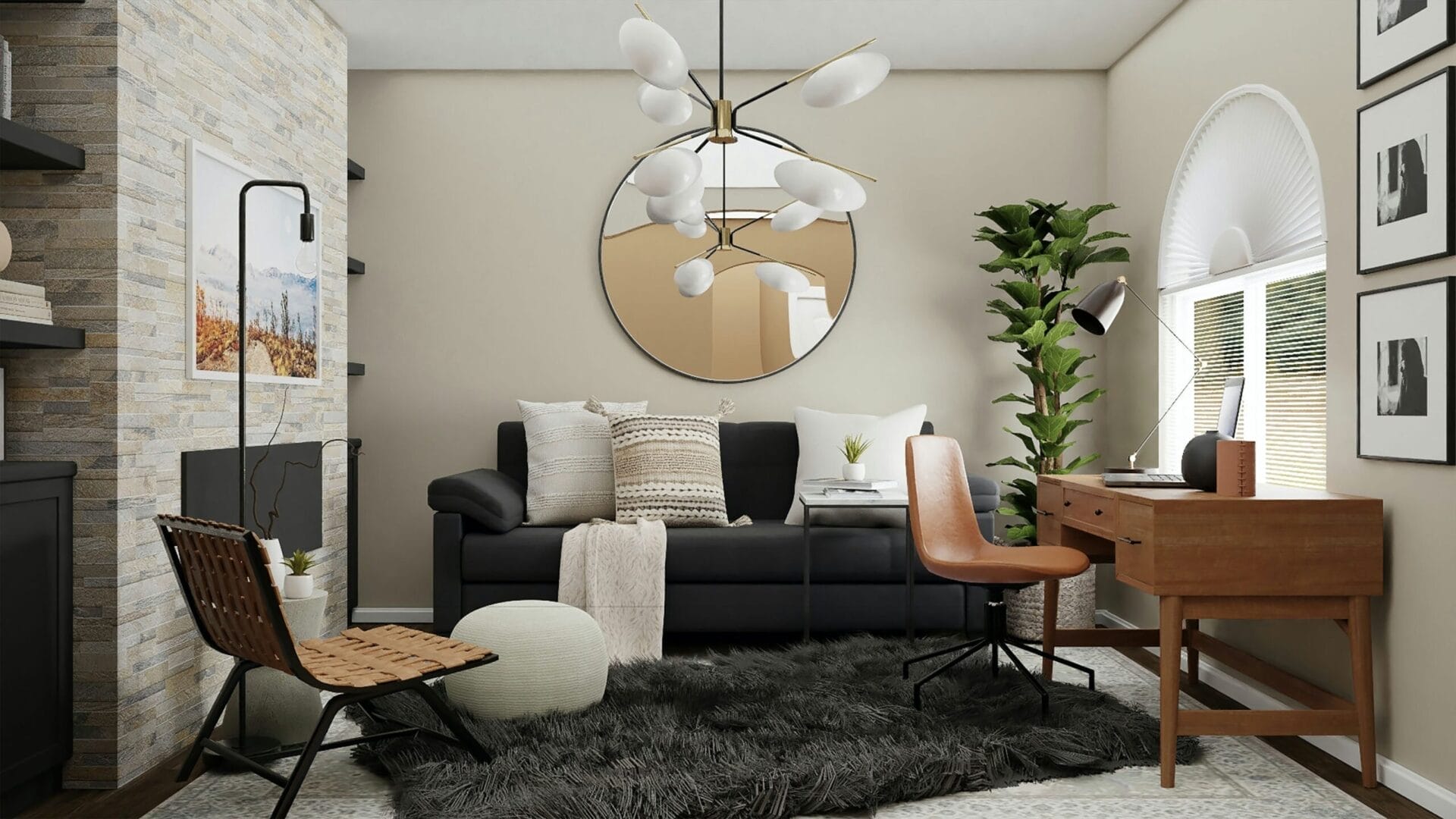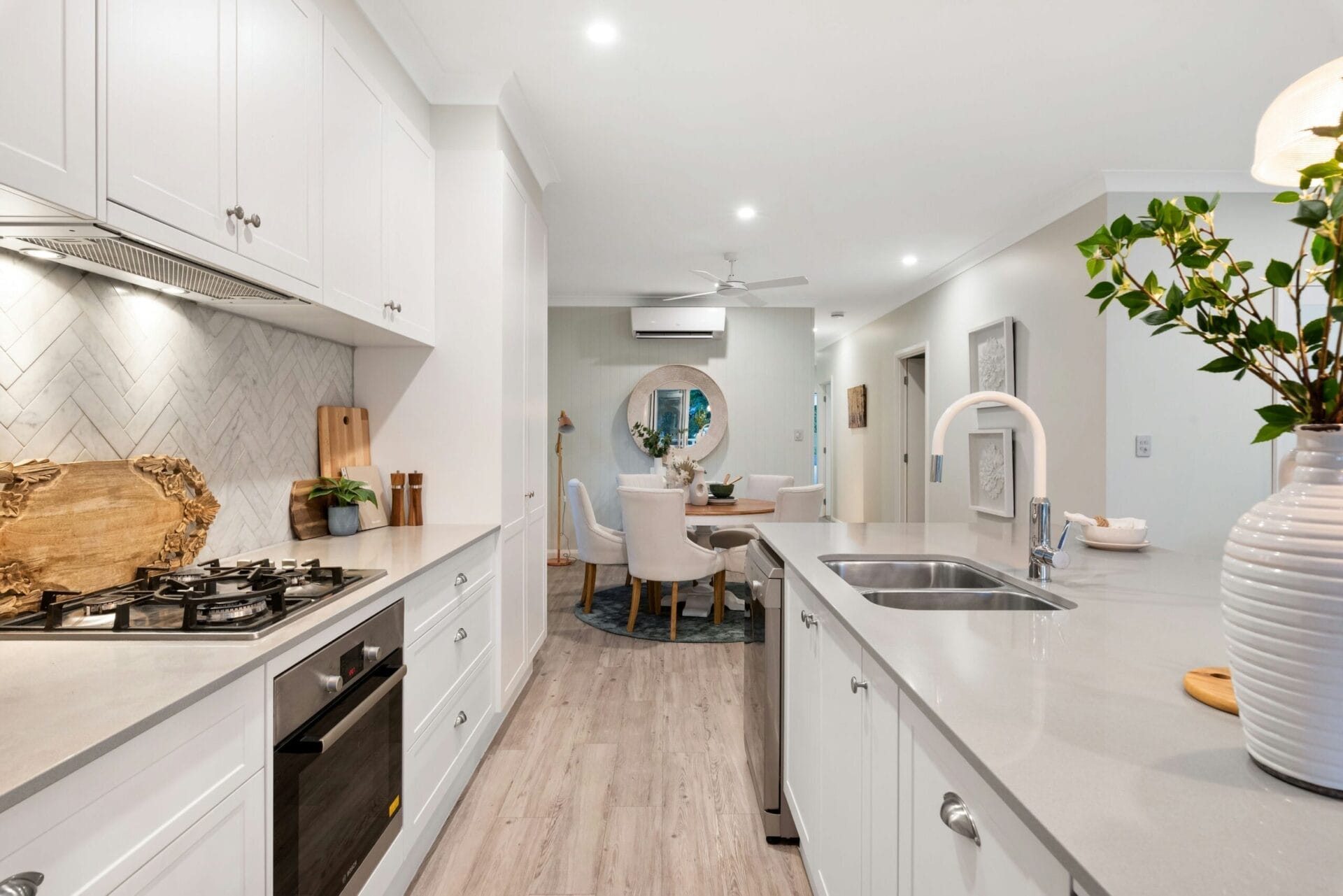10 Popular Questions About Best Tips to Build House in Malaysia:
- What are the most important things to consider when building a house in Malaysia?
- What are the best locations to build a house in Malaysia?
- How much does it cost to build a house in Malaysia?
- What are the best house designs for the tropical climate in Malaysia?
- How to choose the right contractor and construction company in Malaysia?
- What are the essential rooms and layouts for a Malaysian home?
- What building materials are best suited for Malaysia’s heat and humidity?
- What are the latest smart home technologies that can be incorporated?
- How to make sure the house is built to code and legally compliant?
- Tips for minimizing construction waste and building an eco-friendly home?
What are the most important things to consider when building a house in Malaysia?
Building a house in Malaysia is an exciting endeavor, but also requires careful planning and consideration of several key factors. Here are some of the most important things to keep in mind when building a home in Malaysia:
Location
One of the top considerations is choosing the right location for your house. Consider proximity to amenities, schools, transit, and your workplace. Also think about the neighborhood and community, as well as growth potential in the area. Popular locations in Malaysia include Kuala Lumpur, Penang, Iskandar Puteri, and Subang Jaya.
Land size
Land is limited in Malaysia, so consider the land size carefully based on your budget and needs. Landing sizes range from 20 x 70 feet in some township areas, to larger plots in suburban locales. Smaller landsizes can accommodate terraced homes, while semi-Ds and bungalows require larger plots of land.
Design
A well-designed home takes into account Malaysia’s tropical climate, intermittent rains and mud floods, earthquakes, and other location factors. Work with a qualified architect to optimize the layout and design. Here are some elements to focus on:
- Open-concept – An open floorplan optimized for natural ventilation.
- Windows – Large, shaded windows for natural light and cross-breeze.
- Overhangs – Roof overhangs to provide shade and protect facades from heavy rain.
- Drainage – Proper drainage slopes around the home to prevent flooding.
- Elevation – Raised floor levels and foundations to protect from flooding.
- Insulation – Insulate walls and roof to keep interiors cool.
- Weatherproofing – Use waterproof sealants on exterior.
- Green features – Incorporate green building materials and systems like solar power.
Home layout
Consider how many bedrooms, bathrooms, living areas, and other spaces your household needs. Popular configurations in Malaysia include:
- 3 to 4 bedrooms with 2 to 3 bathrooms
- Separate living and dining rooms
- 1 to 2 car garages
- Wet and dry kitchens
- Yard, garden, and patio spaces
Construction quality
Closely oversee construction quality and workmanship. Ensure contractors use quality materials that meet building codes and standards. Watch out for leaks, cracks, substandard wiring and plumbing.
Budget
Building costs vary widely based on location, house size, materials, and more. Budget from RM200,000 for more basic terraced houses, up to RM2 million+ for higher-end bungalows. Set a realistic budget and contingency funds to cover all costs.
Legal requirements
Comply will all regulations including: construction and occupancy permits, building codes, inspections, fire department requirements, and more. Hire a good lawyer to review all contracts.
Contractor
Hire licensed, reputable contractors and verify their credentials. Get references and check their portfolio. Ensure they provide a workable timeline and budget.
Building a home in Malaysia requires careful planning. However, by considering these key factors, you can optimize the home design and construction process to create your dream home. Work closely with qualified architects, lawyers and contractors throughout the process.
What are the best locations to build a house in Malaysia?
Choosing the optimal location is one of the most important decisions when building a house in Malaysia. The location will impact home design, costs, amenities, convenience, resale value and investment potential. Here is an overview of the top locations for building a house in Malaysia:
Kuala Lumpur
As the capital city, Kuala Lumpur offers great amenities, schools, transit, and job opportunities. Popular areas for expats and professionals include:
- Bangsar – Affluent neighborhood with luxury condos and landed properties. Close to nightlife and shopping.
- TTDI – Family-friendly township with landed homes, parks and community feel. Access to amenities.
- Mont Kiara – Upscale expatriate enclave with many new high-rises. Near international schools.
- KL Sentral – Transit-oriented development close to rail transport and highways.
- Damansara Heights – Lush hills with upscale bungalows and proximity to private hospitals.
Penang
Known as the “Pearl of the Orient”, Penang island is a historic area with beautiful beaches, heritage sites, and shopping. Top areas to build include:
- Tanjung Bungah – Seaside suburb popular with expats and professionals.
- Batu Ferringhi – Coastal stretch with resorts and dining. Great for vacation homes.
- Georgetown – Penang’s thriving city center with colonial architecture and street art.
- Bayan Lepas – Technology and industrial hub with new housing areas. Near the bridge to mainland.
- Batu Maung – Quieter spot on southeast coast with fishing village charm.
Iskandar Puteri
This special economic development zone in Johor offers tax incentives and an abundance of new homes under construction. Top neighborhoods include:
- Nusajaya – Affordable landed homes near Universiti Teknologi Malaysia.
- Medini – Upscale mixed developments close to Singapore border.
- Gelang Patah – Newer township with recreation amenities and water park.
- Bukit Indah – Established community with golf course and international school.
- Bandar Dato Onn – Vibrant area with commercial development.
Subang Jaya
This KL satellite city offers seamless connectivity via highways and LRT. Family-friendly options here include:
- USJ – Mature township with parks, schools, dining and amenities.
- Kinrara – Quiet enclave near international schools and shopping malls.
- Puchong – Rapidly developed area with condos, offices and infrastructure.
- Putra Heights – Midrange landed properties in secure, gated communities.
No matter your lifestyle, budget or location priorities, Malaysia offers great options for building your dream home. Key factors to balance include commute time, amenities, neighborhood character, and growth potential in the area.
How much does it cost to build a house in Malaysia?
Building a house in Malaysia is a significant investment that requires careful financial planning. Construction costs can vary widely depending on the location, land size, type of home, materials used, and additional features. Here is an overview of the typical costs to build a house in Malaysia:
Land Purchase
Land costs make up 15-30% of the total project budget on average. Prices range dramatically based on size and locale:
- Small terraced lots (20 x 70 feet) – RM150,000 to RM500,000
- Semi-detached (40 x 70 feet) – RM300,000 to RM1 million
- Bungalows (60 x 80 feet) – RM800,000+
Popular areas like Penang, Mont Kiara and KL Sentral command premium prices per square foot. Secondary cities and townships are more affordable.
Construction Costs
For a 2,500 sq ft single-story terraced house, build costs are typically RM200,000 to RM300,000. Bungalows can run RM800,000 to RM1.5 million.
Key construction expenses:
- Materials – Cement, steel, timber, fixtures
- Labor – Contractors, suppliers, workers
- Consultants – Architects, engineers, project managers
- Compliance – Permits, surveys, inspections
- Site prep – Clearing, leveling, access roads
Higher end finishes like imported tiles, soft close cabinetry or smart home systems can increase costs substantially.
Additional Fees
Beyond the direct build expenses, budget for:
- Legal fees – Lawyer costs for all contracts
- Furniture – Beds, sofas, cabinets, lighting fixtures
- Utilities – Electrical, water and wastewater hookups
- Landscaping – Gardens, trees, fencing, driveway
- Permits – Construction, occupancy and other permits
- Insurance – Builder’s risk and homeowner’s insurance
- Contingencies – 5-10% of total for unexpected overages
Conservative estimates for additional costs are 10-15% on top of the construction budget.
Total Costs
Taken together, a typical middle-class single-family home in Malaysia will cost:
- Terraced house – RM550,000 to RM750,000
- Semi-detached – RM850,000 to RM1.5 million
- Bungalow – RM1.5 million to RM3 million
Higher end luxury homes with additional bedrooms, bathrooms, wings and amenities can run up to RM5 million and beyond.
Location, land size, layout, materials and additional features play a major role in the overall budget. Work closely with contractors and get multiple quotes before setting your budget. Factor in contingencies to avoid cost overruns down the road.
What are the best house designs for the tropical climate in Malaysia?
Malaysia’s tropical climate is hot and humid year-round, with monsoon seasons and heavy rainfall. The optimal house designs effectively respond to the local climate and site conditions. Here are some of the best practices for designing homes suited for Malaysia’s weather:
Cross Ventilation
Ample cross ventilation is key to passive cooling and climate control. Design houses with large openings on opposite walls to allow maximum cross-breeze. Open plan interiors, high ceilings and minimal interior partitions improve airflow. Install ceiling and pedestal fans to enhance air circulation.
Windows and Shading
Strategically place windows to catch prevailing breezes. North and south facing windows with sun shading allow cross ventilation while preventing overheating. Maximize windows in living areas and use fixed shutters, screens and landscaping to block direct sunlight.
Insulation
Proper insulation in walls, roofs and attics reduces heat gain and keeps interiors cooler. Use insulation batting or spray foam in wall cavities and access panels in attic spaces. Avoid using dark roofing materials which absorb heat.
Building Shape and Orientation
Optimize building shape and orientation to lessen sun exposure. Minimize east and west facing facades which get morning/afternoon sun. Smaller, compact building footprints have less sun exposure. Orient outdoor spaces towards the south for shading.
Roof Design
Roof overhangs, projecting eaves and covered terraces help shade the building and protect facades. Hip roofs and vented attics allow heat dissipation. Avoid flat concrete roofs which absorb and radiate heat.
Drainage
Proper drainage and moisture protection is critical in wet tropical climates. Use sloped site grading, adequate gutters and non-porous materials to direct water away from the house. Raise floor levels above exterior grade.
Landscaping and Green Space
Maximize greenery and plantings around the home to provide shade and evaporative cooling effects. Group plantings to funnel and direct breezes. Add shade trees, green walls, and vegetated buffers.
Smart Home Technologies
Automated ventilation, smart thermostats, and solar power optimize comfort and efficiency. Solar window tinting moderates heat gain. Ceiling fans run on home batteries provide cooling backups during outages.
Sustainable Materials
Choose sustainable construction materials like bamboo, recycled wood composites and reflective paint. Avoid excessive glass and dark surfaces that absorb heat. Prioritize lighter finishes to reflect sunlight.
Optimizing the home’s design for passive cooling, airflow, insulation, drainage and greenery results in comfortable, climate-responsive homes suited for Malaysia’s tropical conditions throughout the year. Work closely with a qualified architect to leverage these climate-oriented design strategies.
How to choose the right contractor and construction company in Malaysia?
Choosing the right contractor is one of the most important decisions when building a house in Malaysia. Here is a step-by-step guide to selecting a qualified, reliable construction company:
Define Your Project Scope
First, outline the parameters of your project including house type, size, budget, timeline, materials, and special requirements. This will help convey the scope to contractors.
Research Local Companies
Look for licensed builders focused on your type of project. Search directories, ask around for referrals, and pay attention to houses being built in neighborhoods you like. Expand beyond your city if needed.
Verify Credentials
Only consider properly licensed, insured and bonded contractors. Ask for copies of their certificates, business registrations and affiliation with organizations like the Malaysian Construction Industry Development Board (CIDB).
Check Project Portfolios
Review examples of contractors’ previous homebuilds. Check that they have expertise aligned with your project scope and style. Look for evidence of quality workmanship.
Call References
Get 2 to 3 references from past clients and call to ask about their experience. Inquire about quality, timeliness, responsiveness, costs and if they would recommend the company.
Compare Bids
Interview 3 to 5 contractors in-person and have them provide comprehensive bids for your project. Compare costs, fees, timelines and specifications side-by-side. Watch for major discrepancies.
Assess Financial Stability
Review contractors’ financial statements and tax documents to ensure they are solvent and able to access supplies and labor. Undercapitalized contractors can cause delays or shoddy work.
Meet Your Project Lead
Understand who will be the day-to-day project manager overseeing your build. Gauge their experience, communication skills and professionalism. Ensure they understand your expectations.
Verify Insurance
Require contractors carry adequate general liability, worker’s compensation and builder’s risk insurance for residential projects. This protects you from liability for onsite injuries or accidents.
Get it in Writing
Have a lawyer review final contract terms and get all agreements in writing. Verify timeline commitments, payment schedule, change order terms, contingencies for delays or non-performance.
Trust Your Gut
Go with the contractor your instinct tells you is reliable, experienced and able to deliver on their commitments. Carefully vetting contractors upfront saves headaches down the road.
Taking time to research options, check credentials and references, interview teams and verify paperwork ensures you select the best construction partner for your important homebuilding project.
What are the essential rooms and layouts for a Malaysian home?
Home layouts and designs in Malaysia blend local cultural needs with modern amenities and fresh architectural ideas. Here are some of the key rooms and layout considerations for Malaysian homes:
Open Concept First Floor
Most modern homes favor open concept first floors with seamless transitions between living, dining and kitchen spaces. This facilitates natural ventilation and flexible furniture arrangements. High ceilings further enhance airflow.
Living Room
Spacious, airy living rooms are ideal for relaxing and entertaining guests. Include comfortable seating arranged around a TV feature wall. Large windows provide garden views and daylighting.
Dining Room
The dining room accommodates a 6 to 10 person dining table for family meals and holiday gatherings. Folding doors open to the outdoors. Some open dining areas blend with living rooms.
Dry and Wet Kitchens
Many Malaysian homes have a dry kitchen for preparing food and wet kitchen for washing dishes and prepping ingredients. The wet kitchen may be more enclosed and have plumbing, gas lines and cleanup facilities.
Yards and Gardens
Lush tropical gardens, patios and yards extend living areas outdoors. Water features like ponds or small pools help cool the landscape. Covered terraces provide shade.
Upper Floor Bedrooms
Bedrooms are often located upstairs to separate quiet sleeping areas from active first floor living spaces. The number of bedrooms varies from 3 to 6 based on family size.
Master Bedroom
The master bedroom is the largest bedroom, often with an en-suite bathroom. Walk-in closets and sitting areas create a private retreat. Some masters include small office nooks or fitness zones.
Kids’ Rooms
Children’s rooms incorporate colorful designs, active play areas, built-in storage and study spaces for schoolwork. Jack-and-Jill bathrooms connect kids’ rooms.
Guest Room
A dedicated bedroom for visiting friends and relatives ensures privacy. Locate further from family bedrooms for peace and quiet.
Bathrooms
Include multiple bathrooms for convenience – at least 1.5 baths per bedroom. En-suite master baths have double vanities, large tubs and walk-in showers.
Multipurpose Room
An extra room on the ground floor can flex as a home office, library, rec room or prayer room based on needs.
Storage Space
Abundant built-ins and storage solutions keep clutter out of sight. Walk-in wardrobes, linen clo
Garage
Most single-family homes incorporate a garage for covered vehicle parking, workshops and storage. Typical configurations are 1 to 2 car garages. Carport options also allow air circulation.
Accessibility Features
Ramps, wide doorways, accessible bathrooms and first floor masters accommodate family members with mobility needs. Aging-in-place elements are useful.
Smart Home Technology
Integrate smart home systems for safety, energy efficiency and convenience. Features like doorbell cameras, automated lighting, and climate controls are popular.
Eco-Friendly Elements
Sustainable design includes solar power, rainwater harvesting, energy-efficient appliances and non-toxic materials. Maximize daylighting and natural ventilation.
Outbuildings
Separate structures like outdoor kitchens, gazebos, granny flats and workshops extend living space on larger lots. Cabanas house hobbies and activities.
Security
Perimeter walls, security alarm systems and front gate intercoms provide household security. CCTV cameras monitor driveways and entrances.
Laundry Room
A dedicated laundry room has storage for cleaning supplies plus sinks and drying racks. Locate near secondary entrances for workflow.
Powder Room
A small half-bath on the ground floor is convenient for guests to freshen up. Add stylish sinks and light fixtures.
Prayer Room
Small dedicated prayer rooms provide a quiet space for spiritual reflection and rituals. Include ritual washing areas.
Back-Up Power
A generator hooks up to essential circuits to maintain power during outages. Critical for fridge, security systems, medical devices.
Blending layout ideas from Malaysian traditions, tropical architecture and global design trends allows homeowners to create comfortable, practical living spaces matching their lifestyles.
Private Zone
The upstairs bedrooms and bathrooms create a quiet private family zone separate from the more public first floor entertaining areas.
Grand Entry
An inviting front entrance and foyer greets guests with wowed curb appeal. Statement light fixtures and tilework impress.
Home Office
Integrate office nooks, computer desks and builtin workstations to support work-from-home. Conceal office clutter when not in use.
Walk-in Closets
Large walk-in closets neatly organize clothing and belongings. They may connect directly to bathrooms.
Natural Light
Strategic window placement fills interiors with natural light. Skylights and clerestory windows supplement. artificial lighting is minimized.
Indoor-Outdoor Flow
Seamless connections between indoor and outdoor spaces through screened windows, sliding doors and transitional porches. Extends living areas.
Water Features
Ponds, wall fountains, infinity pools and waterfalls provide serene outdoor focal points. The water elements soothe and cool.
Entertainment Room
A dedicated media/entertainment room has comfortable seating focused on a large screen TV or projector system. Dark window treatments block light.
Fitness Room
A small home gym accommodates exercise equipment like weights, yoga mats, indoor cycles. Convenient for fitness buffs.
Accessory Dwelling Unit
A secondary granny flat or guest house above the garage provides flexible extra living space for relatives or as rental income.
Children’s Playroom
An indoor playroom helps corral kids’ toys, games, art supplies away from main living areas.
Pet Areas
Designated zones for pet feeding, crates and litterboxes keep them out of high traffic areas. Mud rooms transition after outdoor play.
Universal Design
Incorporate universal design principles that optimize homes for users of all ages and abilities. Examples include:
- Wide hallways and doorways
- Low-step entries and thresholds
- Lever door handles and faucets
- Curbless showers
- Front control ranges
- Adjustable storage and countertops
- Light switches at accessible heights
Energy Efficiency
Employ passive solar design, strategic overhangs, window tinting, insulation, LED lighting, and Energy Star rated appliances to maximize efficiency.
Water Conservation
Install low-flow plumbing fixtures, native drought tolerant landscaping, and rainwater harvesting systems to reduce water usage.
Indoor Air Quality
Minimize VOCs and off-gassing materials. Use whole house ventilation, air filters, and exhaust fans to ensure healthy indoor air. Open windows regularly.
Local Materials
Source local building materials when possible to reduce carbon footprint. Support regional materials suppliers. Showcase tropical woods, textiles and stone.
Future Planning
Consider how homes could be adapted later for evolving family needs. Design with flexibility for potential remodels or additions.
Resale Appeal
Balance personal style with neutral spaces, materials and colors that will attract the widest range of buyers when it comes time to sell. Avoid overly customized spaces.
Curb Appeal
Handsome exterior design and landscaping adds visual interest from the street. Articulated facades, statement front doors and lighting create inviting first impressions.
This covers key room considerations and layout priorities to create well-designed, comfortable Malaysian homes tailored to local lifestyles and tropical conditions.
What building materials are best suited for Malaysia’s heat and humidity?
Malaysia’s tropical climate brings year-round high heat and humidity along with monsoon rains. Choosing suitable building materials is key to creating homes that maintain comfortable temperature and humidity levels indoors. Here are some of the best construction materials for enduring Malaysia’s climate:
Concrete
Reinforced concrete walls and foundations provide thermal mass to reduce heat gain along with strength and stability. Maintain indoor comfort by allowing concrete to fully cure before painting or covering.
Clay Brick
Clay bricks in double brick wall construction are naturally porous to allow vapor transmission and cooling airflow. Staggered brick patterns increase ventilation. Use light colored bricks to minimize solar heat absorption.
Timber
Sustainably harvested tropical hardwoods like meranti, jelutong and kempas withstand humidity well and are termite resistant. Use large roof overhangs to protect facades. Bamboo is a fast-growing alternative.
Fibercement Boards
Fiber cement boards containing compressed wood fibers resist swelling and deterioration in damp conditions. Use fiber cement boards for exterior cladding and as an alternative to plywood.
Terracotta Roof Tiles
Traditional terracotta roof tiles shed water and allow ventilation to keep attics cooler. Lighter color tiles minimize heat gain compared to dark corrugated metal roofing.
Insulation
Fiberglass batts, rock wool and spray foam insulation in walls, floors and attics resists heat transfer and condensation. Ensure proper moisture barriers are installed.
Reflective Paints
Special exterior paints containing ceramic beads reflect sunlight rather than absorb heat. Use light-colored paints on roofs, walls and pavements to mitigate heat island effects.
Glass Blocks
Glass blocks allow light transmission while insulating interiors. Use as window replacements to maintain privacy while improving ventilation. Grade for impact resistance.
Aluminum Cladding
Composite aluminum panels are durable, watertight exterior cladding. Choose ventilated and moisture-permeable types to avoid condensation behind.
PVC Piping
Moisture-proof PVC pipes withstand leaks and resist corrosion better than metal pipes. Use for plumbing, sewer and drainage systems.
Mold-Resistant Drywall
Mold-resistant gypsum drywall incorporates fiberglass facing to repel moisture. Better suited for bathrooms and damp areas than standard drywall.
Quartz and Solid Surfaces
Non-porous engineered quartz and solid surface materials resist water damage and do not warp or deteriorate. Use for countertops and tiling in wet areas.
Laminate Flooring
Durable laminate flooring resists moisture damage from spills or leaks. Use premium commercial grade rather than residential to handle humidity. Avoid large tile formats which can crack.
Green Materials
Choose sustainably harvested wood, natural fiber fabrics and furnishings, low VOC paints and recycled content materials to reduce environmental impact.
Selecting suitable materials provides a line of defense against Malaysia’s testing climate while allowing homes to feel breezy and comfortable. Consult engineers and architects to pick the optimal solutions for each use case.
What are the latest smart home technologies that can be incorporated?
Smart home systems are becoming incredibly popular in Malaysia, allowing homeowners to add convenience, security, and efficiency through connected technologies. Here are some of the top smart home tech innovations perfect for integrating into new home builds:
Voice Assistants
AI voice assistants like Amazon Alexa, Google Assistant and Apple Siri allow hands-free voice control of appliances, lights, AC systems, security systems, and more. Control smart devices with voice commands.
Smart Lighting
Automated smart lighting lets homeowners control lights via smartphone apps, voice commands, sensors and schedules. Dim, brighten and change color temperature of LED bulbs. Motion sensors trigger pathways at night.
Smart Thermostats
WiFi connected thermostats like Nest learn usage patterns and optimize heating and cooling. Integrate with other smart devices for control based on real time conditions and occupancy. Save energy.
Integrated Audio
Whole home audio systems let you stream music wirelessly from room-to-room using ceiling, wall and outdoor speakers. Control music via touchscreens, apps or voice.
Smart Appliances
Major appliances now offer WiFi and app connectivity for remote monitoring, notifications and troubleshooting diagnostics. Adjust settings, cycles and schedule from your phone.
Smart Switches
Smart switches allow control of hardwired lighting, ceiling fans and outlets via phone apps or voice commands. Retrofit traditional toggle switches for automation without rewiring.
Smart Garage Door
Open, close and check garage door status remotely via a smartphone app. Integration with home security systems allows touchless guest entry by sharing temporary passcodes.
Leak Detection
Smart water leak detectors connected to main pipes send real-time alerts at the first sign of leaks to prevent catastrophic water damage and mold. Shut off valves automatically.
Video Doorbells
See and speak with visitors at your door anywhere via app connected video doorbells. Some capture footage of package deliveries. Integration with access control.
Home Monitoring
Interior and exterior security cameras provide 24/7 home monitoring with night vision, motion sensing and real time phone alerts of activity.
Smart Locks
Keyless smart locks allow unlocking doors from anywhere and provide touchless guest entry with shared digital passes. Integration with security systems.
Climate Control
Centralized control of AC, humidifiers, air purifiers, and fans optimizes whole home comfort while improving energy efficiency and indoor air quality.
Water Savings
Smart shower systems track usage and restrict water flow once target reached. Leak detectors and shutoff valves prevent plumbing disasters.
Energy Management
Monitor real time and historical electrical usage by circuit to identify waste. Smart meters integrate with solar systems and automate loads.
Home automation makes everyday living more comfortable, convenient and safe while optimizing efficiency. Work with a specialist to integrate the latest must-have smart home tech.
How to make sure the house is built to code and legally compliant?
Ensuring a new home is properly permitted, inspected, and code compliant is crucial to safety, legal protection, and future resale value. Here are key steps to ensure houses are legally constructed in Malaysia:
Review Building Codes
Familiarize yourself with the local residential building codes and standards published by city councils and the Uniform Building By-Laws 1984. Know what is mandatory for your type of home.
Apply for Permits
Work with your architect or contractor to complete all required permit applications including planning permissions, building plan approvals, utilities connections, and more. Permits must be approved before starting work.
Hire Licensed Contractors
Verify contractors have active licenses and certificates required in Malaysia such as those issued by the Construction Industry Development Board (CIDB). Use registered architects and engineers.
Oversee Inspections
Schedule all legally required inspections through each phase of construction. Common inspections include foundation, structural, plumbing, electrical, fire protection, and occupancy. Ensure contractors arrange access for inspectors on schedule.
Document Inspection Results
Retain copies of all inspection reports. Ensure any required rework or corrections are completed before continuing to next phase. Inspection sign-offs are required for occupancy permit.
Quality Control
Closely oversee work and question anything that appears substandard. Review samples and specs. Have trusted third-parties spot check work periodically.
Conform to Approvals
Build precisely according to the approved architectural and M&E drawings. All changes must be formally submitted as plan amendments and re-approved.
Safeguard Receipts
Retain all construction receipts and payment records to account for materials used and taxes paid. This protects from disputes or allegations of non-compliant components.
Confirm Certificates
Collect warranties, operating manuals, certificate of fitness for occupation, and SIRIM product certification for equipment like lifts and boilers.
Title Transfer
Upon completion, legally transfer property title and update the land registry with new owner name and documentation. Transfer must comply with housing development laws.
Utility Connections
Coordinate with utility companies and local authorities to activate water, power and wastewater connections. All hookups must be properly inspected before use.
No Unauthorized Additions
Avoid building anything not shown on approved plans including structures like carports, pantries or covered terraces. Get approvals to expand the main roofed area.
Following the proper legal processes ensures homes meet mandatory building standards and occupancy codes. Take a methodical approach to permitting, inspections, documentation, and compliance throughout the project.
Tips for minimizing construction waste and building an eco-friendly home?
With smart planning and design, homeowners can build quality homes in Malaysia while minimizing environmental impact. Here are practical tips for an eco-friendly build:
Use Sustainable Materials
Choose FSC certified timber, recycled plastic composite decking, natural linoleum flooring, recycled glass tile, and other products using recycled content. Avoid PVC, formaldehyde laminates and voc paints.
Salvage Building Materials
Incorporate lightly used doors, windows, hardware, lumber and more salvaged from deconstruction of old structures. Give materials new life. Save costs.
Efficient Framing
Optimize wood framing to reduce waste. Use two-stud corners, stack layouts, prefabricated walls and panelization to minimize off-cuts.
Precise Measurements
Use detailed plans and measurements to order materials sized exactly. Avoid overestimating materials that get cut down later.
Work With Suppliers
Discuss waste minimization with suppliers. Order optimized precut lengths. Return unused materials for credit. Donate leftovers to community groups.
Careful Storage
Stage materials in protected areas and lift above ground to avoid damage or contamination before use. Prevent breakage and water contact.
Mix Concrete Responsibly
Order ready-mix concrete in precise amounts for slab needs to prevent leftover wet concrete waste. Return trucks with excess if possible.
Control Dust
Use dust barriers and wet suppression during demolition to prevent community air pollution and runoff into waterways.
Reuse Lumber Formwork
Reuse lumber formwork for concrete rather than discarding after each use. Disassemble carefully to preserve boards.
Mindful Demolition
During any demolition, dismantle existing buildings systematically to maximize materials salvaged for reuse or recycling. Avoid contamination.
Recycle Metal Scrap
Metals like leftover rebar can be sold for scrap. Aluminum window frames, copper pipes and wiring hold recycling value.
Divert Debris
Separate wood, metal, cardboard and other construction debris into designated bins for responsible recycling and disposal. Avoid illegal dumping.
Clean Job Site
Maintain clean job site free of loose debris that could contaminate stormwater. Use filter fences, gravel approaches and covered bins.
Erosion Control
Install silt fences, earth berms and stabilization measures to prevent soil erosion and runoff to waterways during site work and excavations.
Monitor Subcontractors
Ensure all subcontractors follow the same strict protocols for maximizing recycling, controlling debris and preventing contamination.
Use Local Workforce
Employ local laborers, artisans and vendors to reduce transportation impacts and support community economy.
Conscientious handling of materials, responsible demolition, recycling and containment make green homebuilding attainable even with tight budgets.
Key Takeaways
- Location is critical – Consider proximity to amenities, schools, transit and workplaces when selecting land. Popular areas come at a premium.
- Optimize design for tropical climate – Utilize cross ventilation, shading, insulation, drainage and outdoor space to stay cool.
- Home layout meets lifestyle – Include key living spaces, bedrooms, kitchens, yards and storage needed for household activities and daily rhythms.
- Quality construction is crucial – Vet and oversee contractors closely to get homes built to standard with good workmanship.
- Understand all costs – Budget for land, construction, consultants, legal fees, furnishings, permits and contingencies.
- Follow legal processes – Ensure proper approvals, inspections, docs and certification to meet building codes.
- Materials suit climate – Select durable, mould-resistant materials tailored for heat, humidity and heavy rains.
- Incorporate smart home tech – Automate lighting, AC, security and more for convenience and efficiency.
- Minimize waste – Order precise materials, reuse salvaged items, recycle scraps and prevent contamination.
- Create lasting value – Well-designed, compliant homes with quality materials retain higher resale value.
In Summary
- Building a house in Malaysia is an exciting endeavor that requires extensive planning and consideration of key factors.
- Choosing the optimal location, home design, layout, materials, fixtures and finishes allows you to create a comfortable home matching your family’s needs.
- Working with qualified architects and contractors and overseeing quality construction is essential to bring visions to reality.
- Adhering to legal requirements, building codes and inspections ensures safety and compliance.
- Careful budgeting and financial planning prepares for all costs from land purchase to furnishings.
- Incorporating smart home technology and sustainable materials makes homes efficient, convenient and eco-friendly.
- With diligent preparation and research throughout the process, homeowners can successfully build their dream home as a worthwhile investment for the future.
kontraktor rumah
bina rumah
pinjaman lppsa
pengeluaran kwsp
spesifikasi rumah
pelan rumah
rekabentuk rumah
bina rumah atas tanah sendiri
kontraktor rumah selangor



